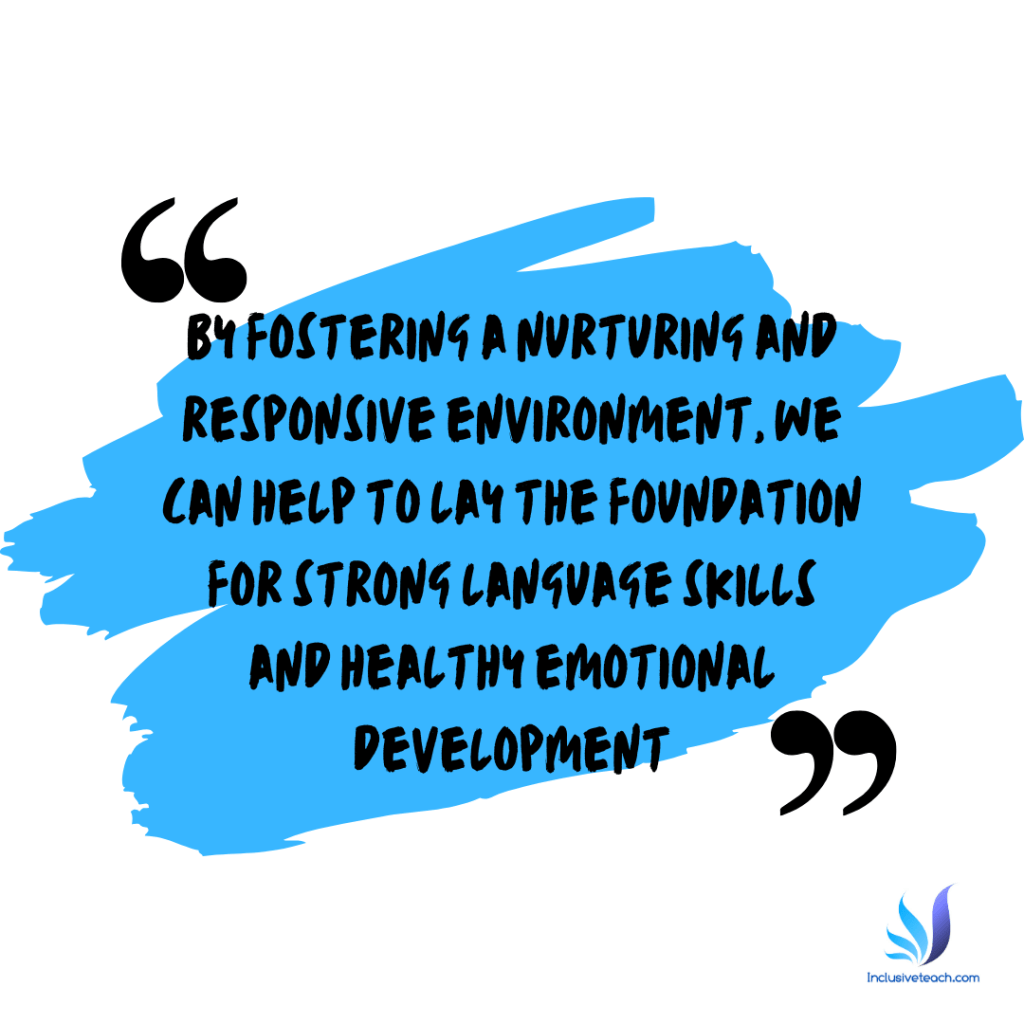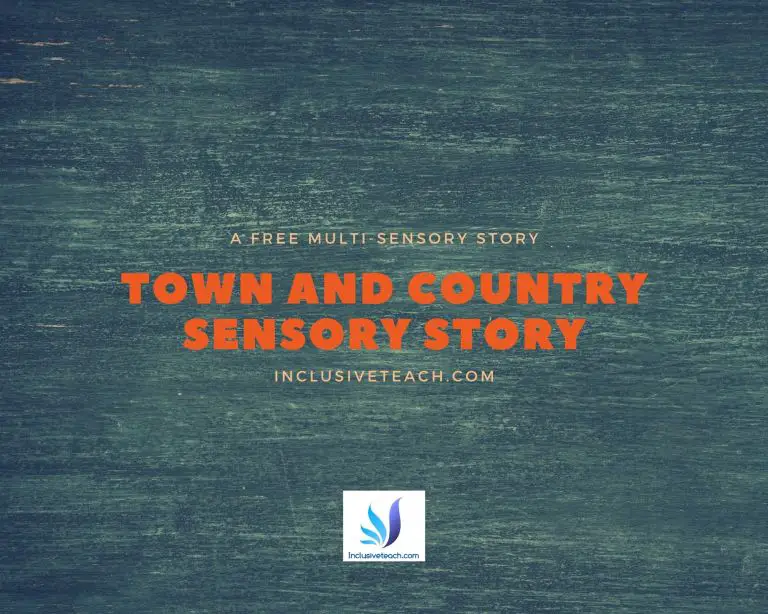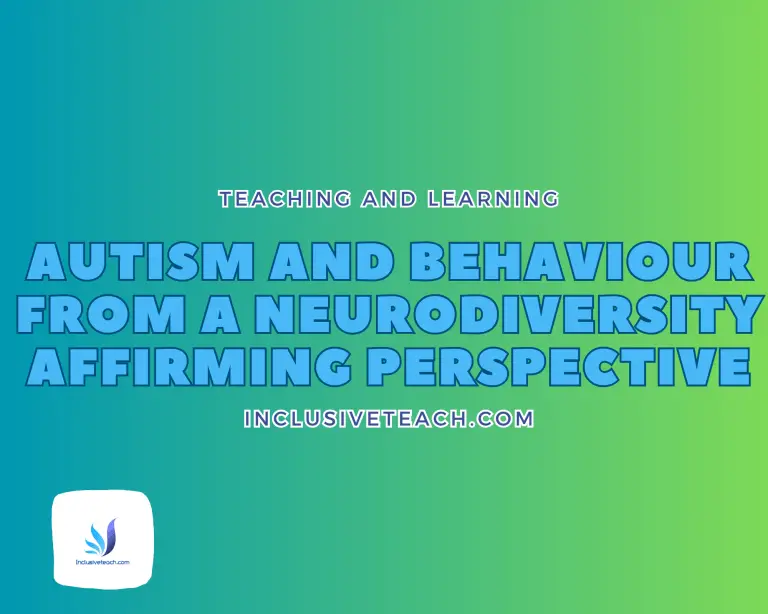Pre-Verbal Children: Understanding Behaviour and Supporting Early Communication
Pre-Verbal Children: What Might Their Behaviour Be Telling Us?
I am using the term pre-verbal to encompass pupils who may be described as non-verbal. Any child who does not have a communication system that is easily interpreted by others. Understanding the behaviour, or actions, of pre-verbal children can be a challenging yet rewarding experience for teachers, support staff and parents.
What is the difference between Pre Verbal and Non-Verbal?
- Pre-verbal refers to children who have not yet developed verbal language. They may use non-verbal skills to express their wants and needs. For instance, they might point, look at objects that interest them, or pull on caregivers for help.
- Non-verbal, on the other hand, describes individuals who do not use spoken language at all. They may not respond to their name, appear to ignore communication attempts from peers, teachers and carers, or rely on alternative methods such as gestures, sign language, or picture cards to convey their thoughts and needs
I work primarily with pre-verbal autistic children. Some will develop spoken language during their time at school, from keywords to unique vocal sounds.
Since pre-verbal children, some of whom may not be autistic, have not yet developed the ability to express their needs, emotions, and thoughts through language, they rely heavily on non-verbal cues and behaviours to communicate. They rely on us to take the time to understand them. By adopting a relational approach, we can better interpret these cues and provide positive strategies to support their communicative development and teach a strong foundation for future communication skills. The EEF work on the ShREC approach might also be of interest.
A Relational Approach to Understanding Pre-Verbal Children’s Behaviour

The relational approach emphasises the importance of social and emotional connections between children and adults. It suggests that the quality of the interactions between a child and their teacher (or parent) plays a crucial role in the child’s development, including language acquisition and social-emotional learning.
To apply this approach to understanding pre-verbal behaviour, we need to consider the following key factors:
- Mutual Attunement: This involves recognising and responding to the child’s emotional state and non-verbal cues, such as facial expressions, body language, and sounds. By actively observing and engaging with the child, we can foster a sense of security and connection, which in turn helps the child to develop trust and confidence in their ability to communicate.
- Contingent Responsiveness: This refers to our ability to respond appropriately and in a timely manner to the child’s cues. For example, when a pre-verbal child reaches for a toy, the caregiver should recognise the child’s desire and provide the toy or offer assistance. This type of responsiveness helps the child to feel understood and supported, and it encourages them to continue exploring and communicating their needs.
- Positive Affect: Displaying warmth, affection, and enthusiasm during interactions with pre-verbal children helps to create a positive environment that encourages communication. Smiling, using a gentle tone of voice, and deferring to their preferred interaction style can all contribute to a nurturing and responsive relationship with the child.
Positive Strategies for Supporting Pre-Verbal Communication
- Observation and Reflection: Taking the time to observe and reflect on a child’s non-verbal cues is essential for understanding their needs, desires, and emotions. Caregivers should be mindful of their own body language and tone of voice, as these can greatly impact how the child perceives the interaction.
- Active Engagement: Engaging children in activities that encourage exploration and interaction can help to promote their communication skills. Singing songs, playing games, and providing opportunities for sensory exploration are all excellent ways to foster early language development and influence the need to display behaviours to get their needs met.
- Imitation: Imitating a child’s sounds, facial expressions, and gestures can help to validate their attempts at communication and encourage further exploration. This also provides an opportunity for us to model appropriate language and action which the child can then learn and incorporate into their own behaviour. Intensive interaction can be really effective for this (A free NHS guide to intensive interaction can be found here).
- Offer Choices: Providing pre-verbal children with choices can help to empower them and develop their decision-making skills. For example, instead of automatically giving a child their favourite toy, offer them a choice between two options and wait for them to indicate their preference.
- Narration: Narrating daily activities and routines can help to expose pre-verbal children to new words and concepts. This can be as simple as describing the process of supporting personal care or preparing a sandwich
Understanding Pre-Verbal and Non-Verbal Communication in Children with Autism and Communication Difficulties
As educators in the UK, it’s essential to understand the nuances of communication, particularly when working with children who have communication difficulties. Two key terms that often come up in this context are pre-verbal and non-verbal communication. While they may seem similar, they refer to distinct stages and types of communication. This article aims to provide a clear understanding of these terms and their implications for teaching strategies.
Pre-Verbal Communication
Pre-verbal communication refers to the stage before a child begins to use spoken language and includes various forms of communication such as crying, eye contact, gestures, and facial expressions. In essence, pre-verbal communication is the precursor to linguistic communication and plays a significant role in a child’s communication development. Children typically progress through stages of pre-verbal communication during their early development. However, children with communication difficulties may remain in this stage for a longer duration or may require additional support to develop these skills.
Understanding Pre-Verbal Communication in the Classroom
Recognising and responding to pre-verbal communication is a crucial skill for educators. A child who is not yet using words to communicate is still communicating in other ways. For example, a child may point to an object they want, show an object to share interest, or use facial expressions to convey their feelings. Educators can support pre-verbal communication by:
- Modelling communication: Demonstrate different ways of communication, such as using gestures, eye contact, and facial expressions.
- Providing opportunities for communication: Create situations where the child has an opportunity to communicate, such as choosing between two items or indicating if they want more of something.
- Using augmentative and alternative communication (AAC) methods: These might include picture exchange communication systems (PECS), sign language, or communication devices.
Non-Verbal Communication
Non-verbal communication, on the other hand, refers to all forms of communication that do not involve spoken language, regardless of a person’s developmental stage. This includes facial expressions, body language, gestures, eye contact, and the use of symbols or pictures. In the context of children with communication difficulties, non-verbal communication often becomes an essential method for expressing needs, wants, thoughts, and emotions. Some children may rely heavily on non-verbal communication methods, either temporarily or as a long-term communication strategy.
Understanding Non-Verbal Communication in the Classroom
Supporting non-verbal communication in the classroom requires educators to be skilled observers and responsive to subtle cues. Strategies to support non-verbal communication may include:
- Teaching non-verbal cues: Directly teach children about body language, facial expressions, and other non-verbal cues. Use visual aids and role-play scenarios to help children understand and use these cues.
- Using AAC methods: As with pre-verbal communication, AAC methods can support non-verbal communication. The specific methods used may depend on the child’s skills, preferences, and needs.
- Creating a supportive environment: Foster an inclusive and supportive classroom where all forms of communication are respected and valued.
While it’s helpful to understand the general concepts of pre-verbal and non-verbal communication, it’s essential to remember that each child is unique. Children with communication difficulties will have individual strengths, challenges, and preferences. Therefore, communication strategies should be tailored to the individual child, with input from speech and language therapists, educational psychologists, and the child’s parents or carers. By understanding and supporting both pre-verbal and non-verbal communication, the school SENCO can support educators can help children with communication difficulties to express themselves, participate in the classroom, and develop their communication skills to the best of their ability.
Conclusion
By adopting a relational approach and implementing positive strategies, school staff can effectively support the communication and development of pre-verbal children. By fostering a nurturing and responsive environment, we can help to lay the foundation for strong language skills and healthy emotional development. This is setting the stage for a lifetime of effective communication and strong interpersonal connections. This in turn will support us to identify what they are trying to tell us through their behaviour.






3 Comments